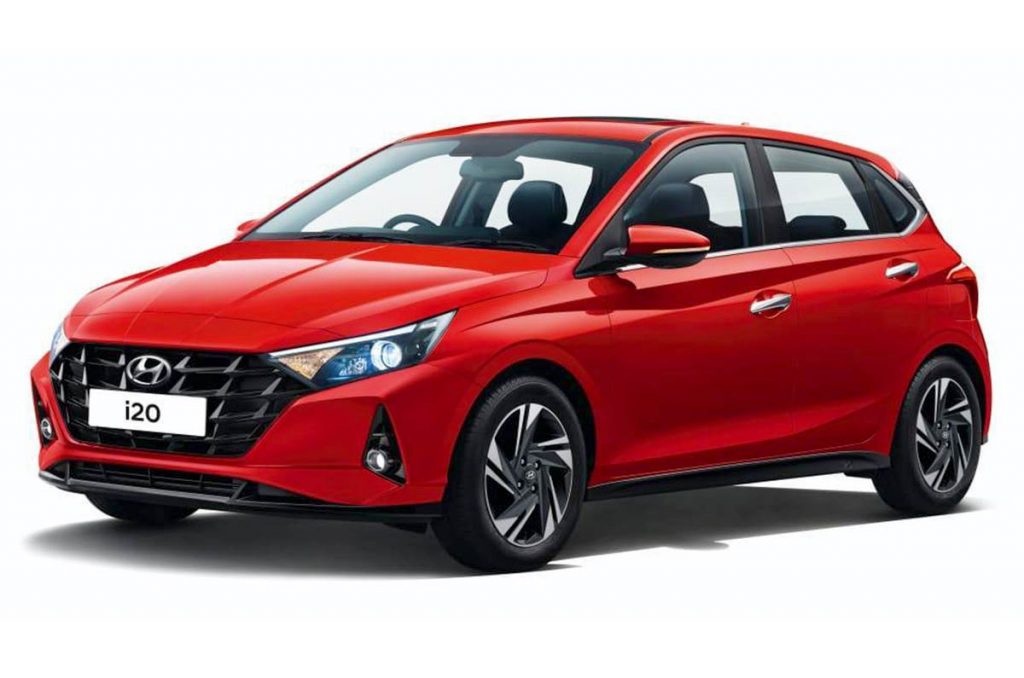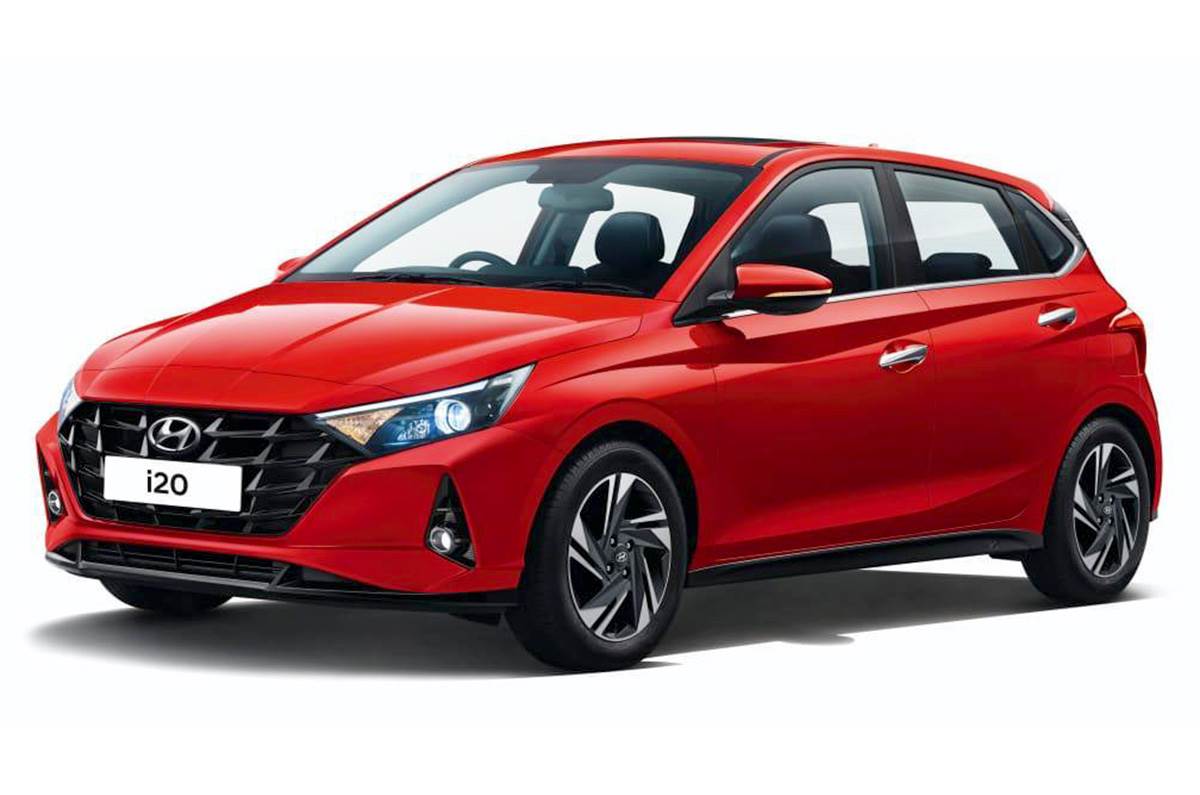Yesterday we reported to you about the variant-wise engine options that would be available with the new Hyundai i20, and now, we have the ARAI-rated fuel economy figures for each of the powertrain options.
The launch of the third-gen Hyundai i20 is just around the corner but much has already been revealed about the upcoming premium hatchback. Hyundai is now building anticipation about the new i20 by revealing a few more essential details bit by bit. Yesterday we reported to you about the variant-wise engine options that would be available with the new Hyundai i20, and now, we have the ARAI-rated fuel economy figures for each of the powertrain options. The current-gen i20 wasn’t particularly frugal. Does the new i20 improve on that? Let’s find out. But first, a recap about the powertrains.

2020 Hyundai i20 Engine Specifications
| Engine | 1.2L, Naturally Aspirated Petrol Engine | 1.5L Turbocharged Diesel Engine | 1.0L Turbocharged Petrol Engine |
| Power/Torque | 84 BHP/113 Nm | 100 BHP/240 Nm | 120 BHP/172 Nm |
| Transmission | 5-speed manual / CVT | 6-speed MT | 6-speed iMT / 7-speed DCT |
With the new i20, Hyundai will be continuing the 1.2 liter four-cylinder naturally aspirated petrol engine. This engine has already been made BS6 complaint in the current-gen i20 and it will go unchanged on the next-gen car. Apart from that, the hatchback gets two completely new engines.
Hyundai will be introducing a new 1.5 liter diesel engine in the i20. The older 1.4 liter diesel mill has already been discontinued and it was not updated to comply with the BS6 norms. This new 1.5L diesel engine is the same engine that also does duty on the Venue, the Verna facelift and even the Creta and Seltos. There will also be the new 1.0 liter turbo petrol engine that’s doing duty on most new Hyundai cars, in the same state of tune as the Venue. While both the petrol engines get the option of a manual (or semi-manual) and automatic gearbox, the diesel i20 sadly misses out on the option of an automatic gearbox.
Fuel Economy Figures (ARAI-Certified)
| Powertrain | Fuel Efficiency (ARAI-Certified) |
| 1.2-litre Petrol MT | 21 kmpl |
| 1.2-litre Petrol CVT | 19.65 kmpl |
| 1.0-litre Turbo-Petrol iMT | 20 kmpl |
| 1.0-litre Turbo-Petrol DCT | 20.28 kmpl |
| 1.5-litre Diesel MT | 25 kmpl |
The ARAI-certified fuel economy figures are pretty steep here and the real world mileage will be quite different from what’s being claimed. It still gives us a fair idea of what to expect. And unsurprisingly, it is the diesel-manual variant of the i20 that is the most frugal of the lot followed by the 1.2L petrol-manual. The fuel economy from the turbo-petrol engine is also pretty close to the naturally aspirated petrol engine with both the gearbox options. The petrol-CVT is however the least frugal of the lot, and that’s typical to CVT gearboxes.
Also Read : New Hyundai i20 Variant-Wise Engine Options Revealed!
Top-spec variants of the new i20 will be loaded to the gills with features like every other Hyundai. Some of the highlight features include a 10.25-inch touchscreen, digital instrument readout, a Bose sound system, sunroof and more. Hyundai is offering a total of eight color options with the new i20, including dual-tone schemes. The two dual-tone paintjobs – red and black; white and black, will be available on every variant except for the base Magna.
Also Read : Third-gen Hyundai i20 Launch on November 5; Bookings Open!
The Hyundai i20 is one of the original and oldest premium hatchbacks in the country. It was only much later that a lot of newer manufacturers have entered the segment and its quite competitive now. In terms of pricing, the new Hyundai i20 will rival the likes of the Maruti Suzuki Baleno, Toyota Glanza, the Volkswagen Polo, the Tata Altroz, Ford Figo and Honda Jazz. With the launch slated on November 5, we expect the 2020 Hyundai i20’s price to range from Rs 5.5 lakh to Rs 9.5 lakh (ex-showroom).


